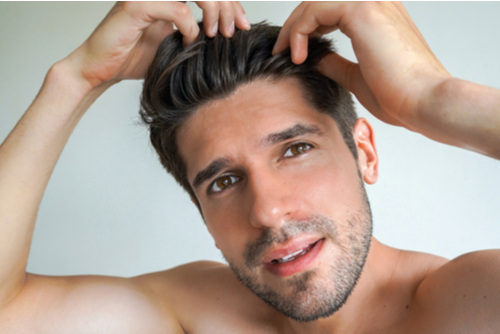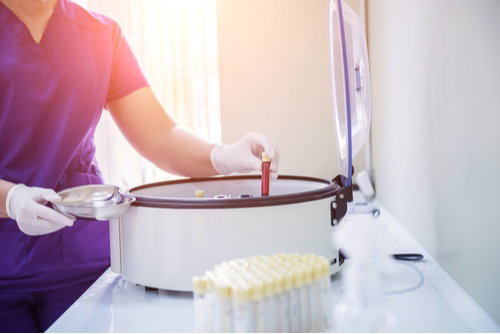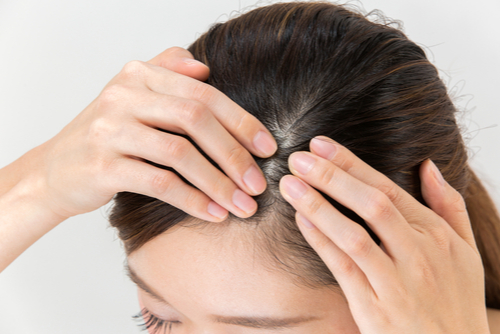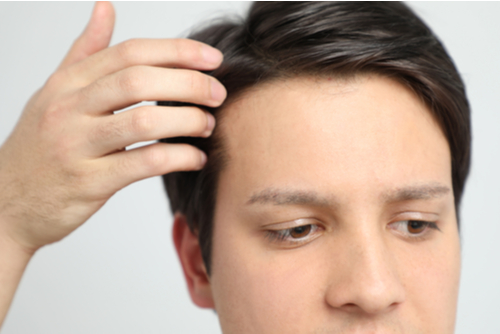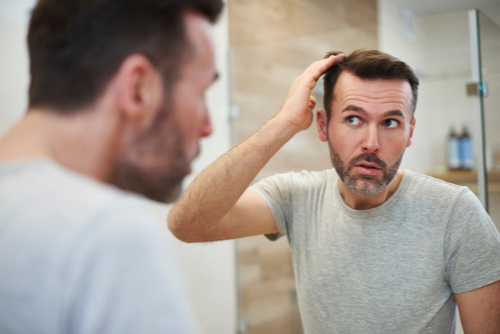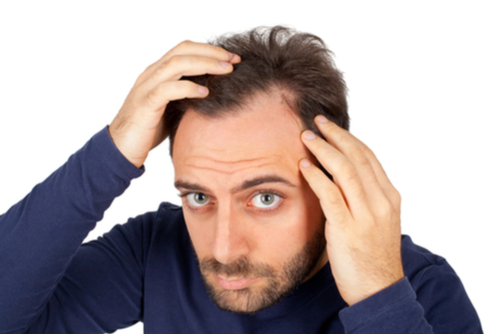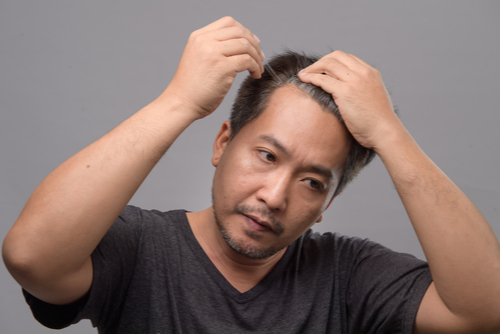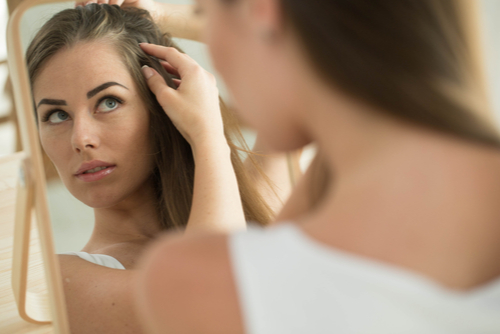
Platelet rich plasma injections have been used for decades in sports medicine, particularly to treat soft tissue injuries and pain. PRP injections have shown great success in slowing the rate of hair thinning and non-surgically restoring hair. Before undergoing PRP hair restoration, patients often want to know, “What is the success rate of PRP injections?”
Overall, the success rate of PRP injections depends on the patient, how extensive their hair loss, and biological factors. Usually, after two to three treatments, patients begin to see the rate of hair thinning slow and some hair regrowth. After the initial round of four to six treatments, PRP hair restoration requires at least one yearly touch-up treatment to maintain results.
While there is no consensus on the exact success rate of PRP injections for hair restoration, it sits between 70-90% for the average patient. It tends to work better in younger patients beginning to experience the effects of genetic hair loss and thinning. However, your provider will discuss this with you.
Factors that may reduce the effectiveness of PRP are if you smoke, if your hair loss is too far along, if you’re completely bald, or if the hair loss is due to another medical condition or medication. Success rates of other PRP injections are similar and tend to be in the 80 percentile.
To schedule a consultation, call us at 206-279-2112. You can also reach out to us online via our contact form or chat.

